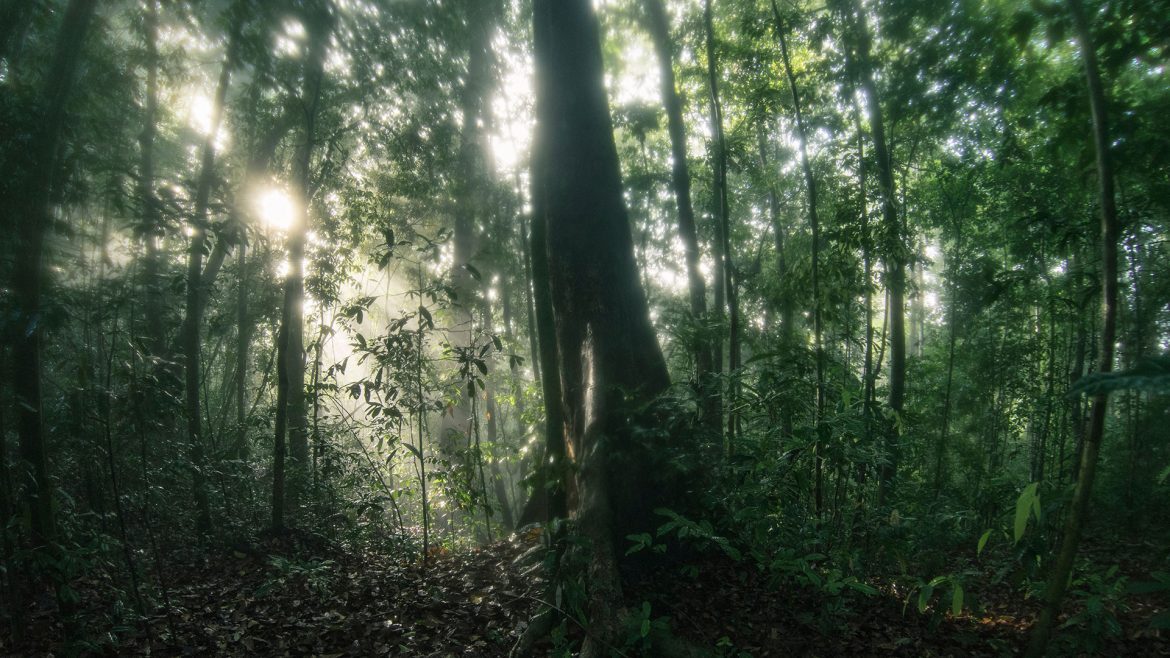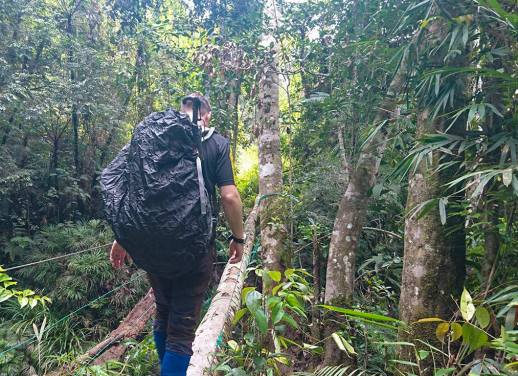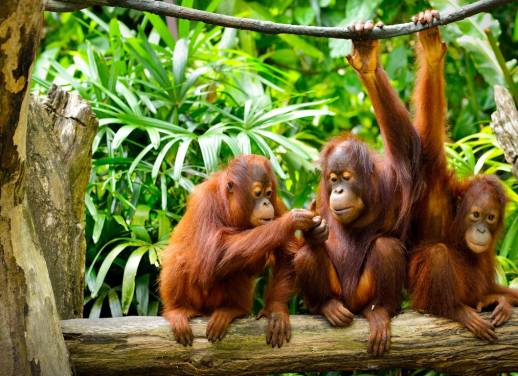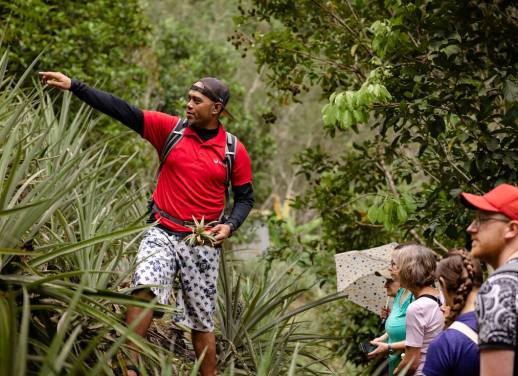Matt Dunn sets out on a trip through an ancient Malaysian forest where it feels like you’ve stepped into a world gone by to discover wildlife like elephants, gaur and an elusive lizard that’s never been documented.
As we set out on our boat journey from the Muda Lake Jetty near the village of Gubir to the Ulu Muda Earth Lodge, I felt like I was living in some of the river scenes from Apocalypse Now. Our expedition had a much milder objective: to search for wildlife (particularly elephants) in Malaysia’s Ulu Muda Forest, where nature is in pristine form.
It’s like time-travelling to a distant, plastic-free past. A lack of phone and internet coverage only gives credence to the fantasy that you’ve arrived somewhere that’s totally been abandoned by the modern world.
In the country’s northern peninsula state of Kedah, the 160,000 hectares of forest is contiguous with Thailand’s San Kala Khiri National Park, forming a vast tract of land.
The trip to the Ulu Muda Earth Lodge – a back-to-basics outpost in the middle of the forest accessible only by boat along the Muda Lake and winding Muda River – was by far the most daring part of our tailored Intrepid family adventure through Kuala Lumpur, Malacca, Cameron Highlands and Penang. Of course, we had expert guidance from our loveable local leader: Thinagaar Sanmugam or as we called him, Thina.
My wife and two teenage children and I were sharing our escape with three other guests – a British couple and their adult daughter.
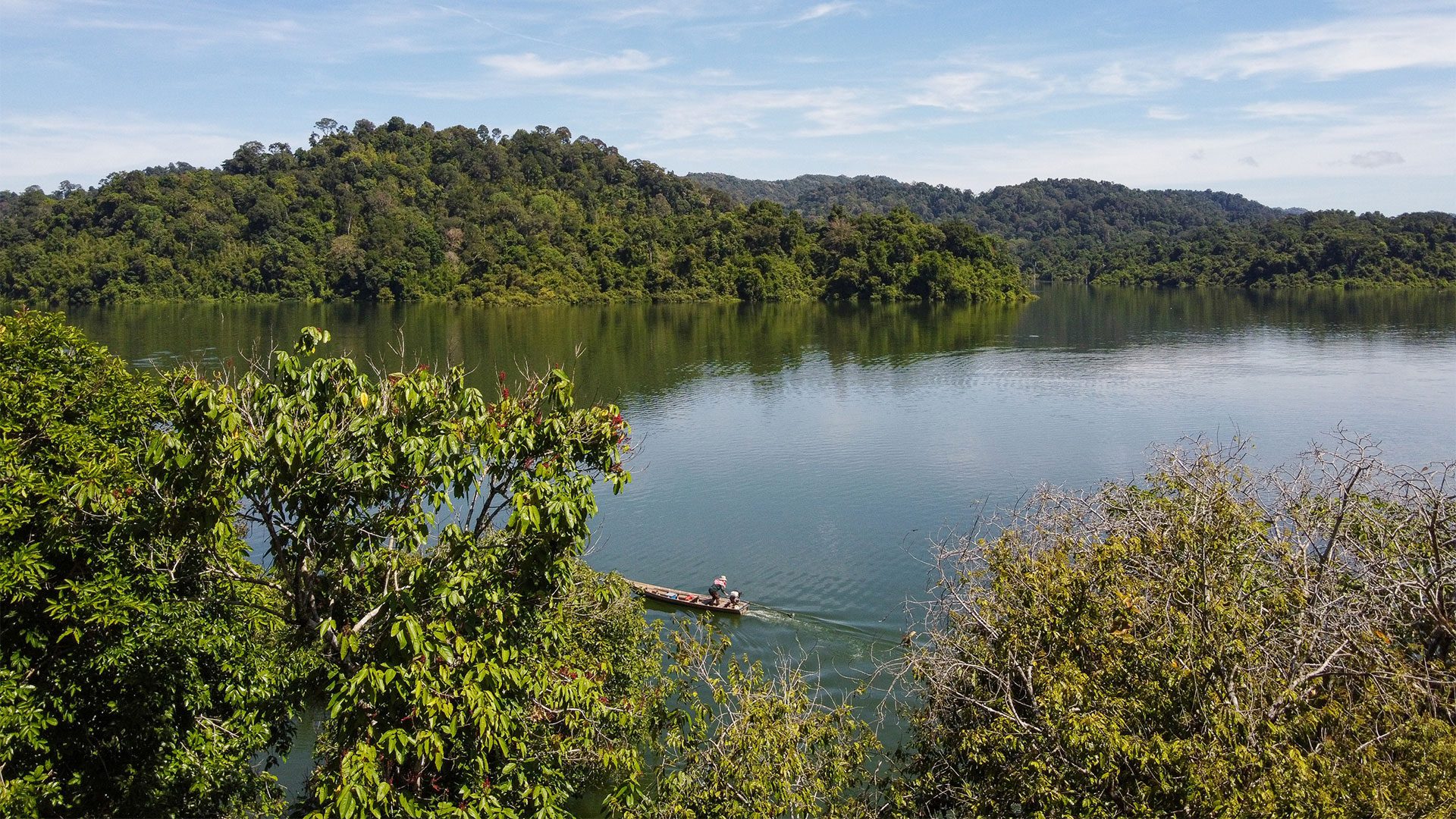
Earth Lodge founder and co-director Hymeir Kem operates his hideaway less as a commercial interest and more as an attempt to guarantee the forest’s future. A former World Wildlife Fund (WWF) worker, he first came to the region in 1997 to survey the forest, caves and waterways and talk to people in government about its protection.
While he left the WWF in 2004, Hymeir’s ‘heart was still here’ in Ulu Muda. ‘I began bringing people here for eco-tourism activities, along with researchers, who were finding and mapping caves,’ he says.
He also took residents camping to give them an appreciation of the diverse environment right on their doorsteps. ‘This is a very important place for large mammal conservation, especially elephants.’
In 2008, the government gave the green light for the construction of Earth Lodge to attract international tourists to the region. Initially, Hymeir was unhappy with the plan, fearing the natural wonderland would be damaged. Knowing he couldn’t stop it, he offered to help run it. Along the way, he ensured the forest and its animal inhabitants would protected, helping to scuttle plans to bulldoze a road to the location by insisting it should only be accessed by boat.
Despite the lodge’s success among travellers and as an employment opportunity for locals, Hymeir is candid when asked whether he still worries about the forest’s future. ‘For sure. It’s under threat from logging. We need to guarantee the protection of the remnant forest.’
‘One thing we need to do is get public support. This isn’t a news story in Malaysia,’ Hymeir adds.
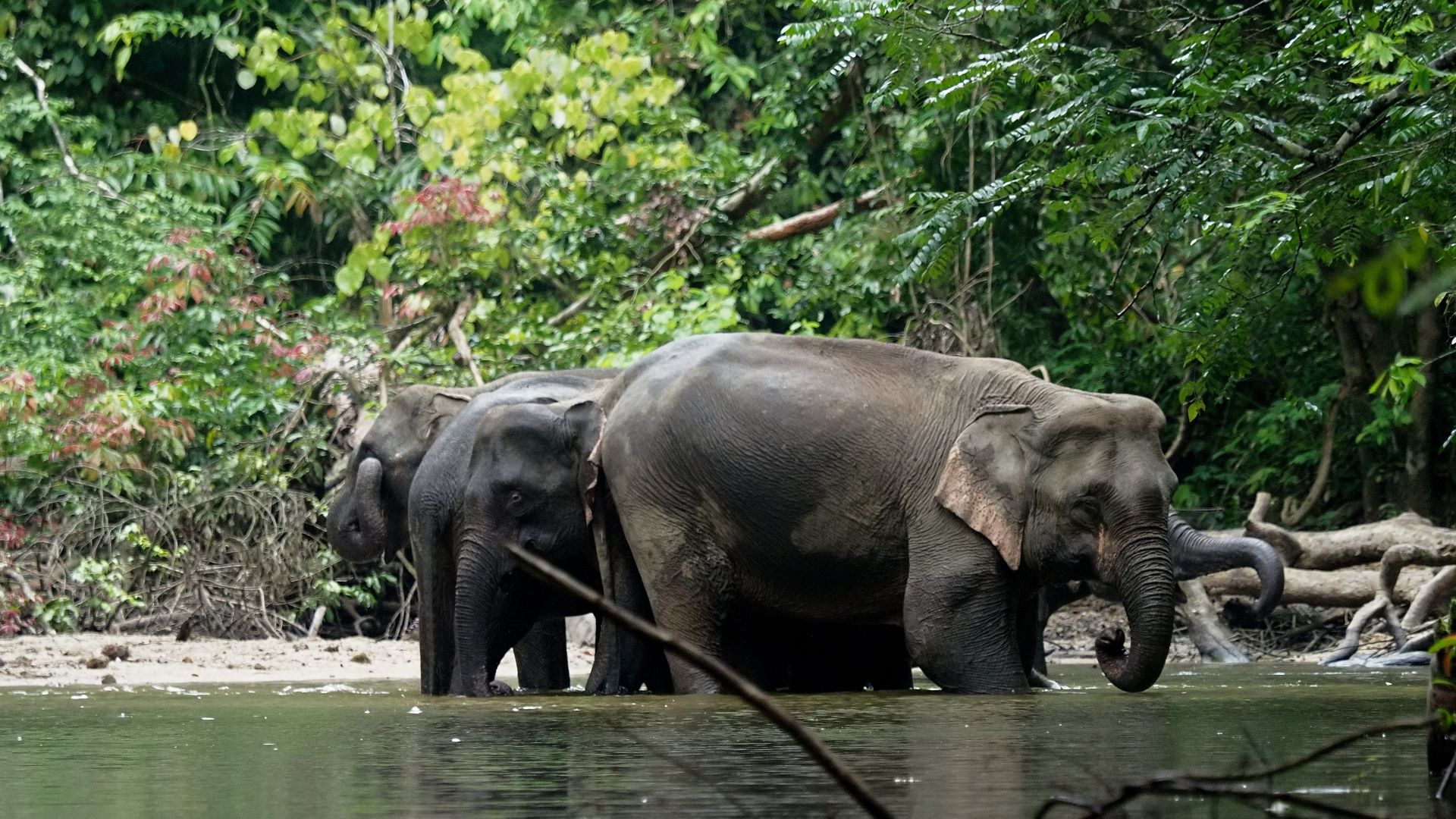
Despite their abundance, the area’s animals stay mostly hidden. The hothouse environment means it’s a place teeming with life, where flora and fauna become giant overnight. And despite this gigantism, many of the inhabitants still manage to hide from clumsy visitors.
Hymeir’s longtime friend, Ahmad Zafir, whom he met while working for the WWF, is our guide during our stay at the lodge. He is also passionate about Ulu Muda and its protection.
‘One thing I’ve learned from experience is people don’t care if they don’t know. I make it my personal mission to inform people about our wildlife,’ he says. ‘Only then will they want to spend their time and energy helping environmental causes. That’s why I try and make people excited about seeing wildlife.’
We ventured on foot and by boat day and night – checking saltlicks, bush tracks, hot springs and riverbanks – but the elephants eluded us. They teased us with their footprints and dung everywhere.
A few days after we left, 10 were spotted. It’s the luck of the draw. Nothing in nature – especially in the Malaysian rainforest – reveals itself unless it wants to. In a timeless land, the machinations of nature don’t yield to anyone’s expectations.
We also saw leopard footprints during our three days in the forest, but even they stayed well out of sight. Ditto, the Malaysian tapir, sambar deer, barking deer, wild boar and gaur (Indian bison). The monkeys (macaque and dusky leaf monkeys) hanging by in trees along the river are less shy, though they watch you with suspicion and keep a reproachful distance. Gibbons could be heard but not seen.
Perhaps the shyest of all is a never-before-documented type of lizard. While people have seen the creature, they have yet to be able to come close enough to photograph or properly identify it. The creature’s eggs, however, have been discovered in the Gua Labu 1, a large limestone cave part of the Gua Kelem Cave Complex.
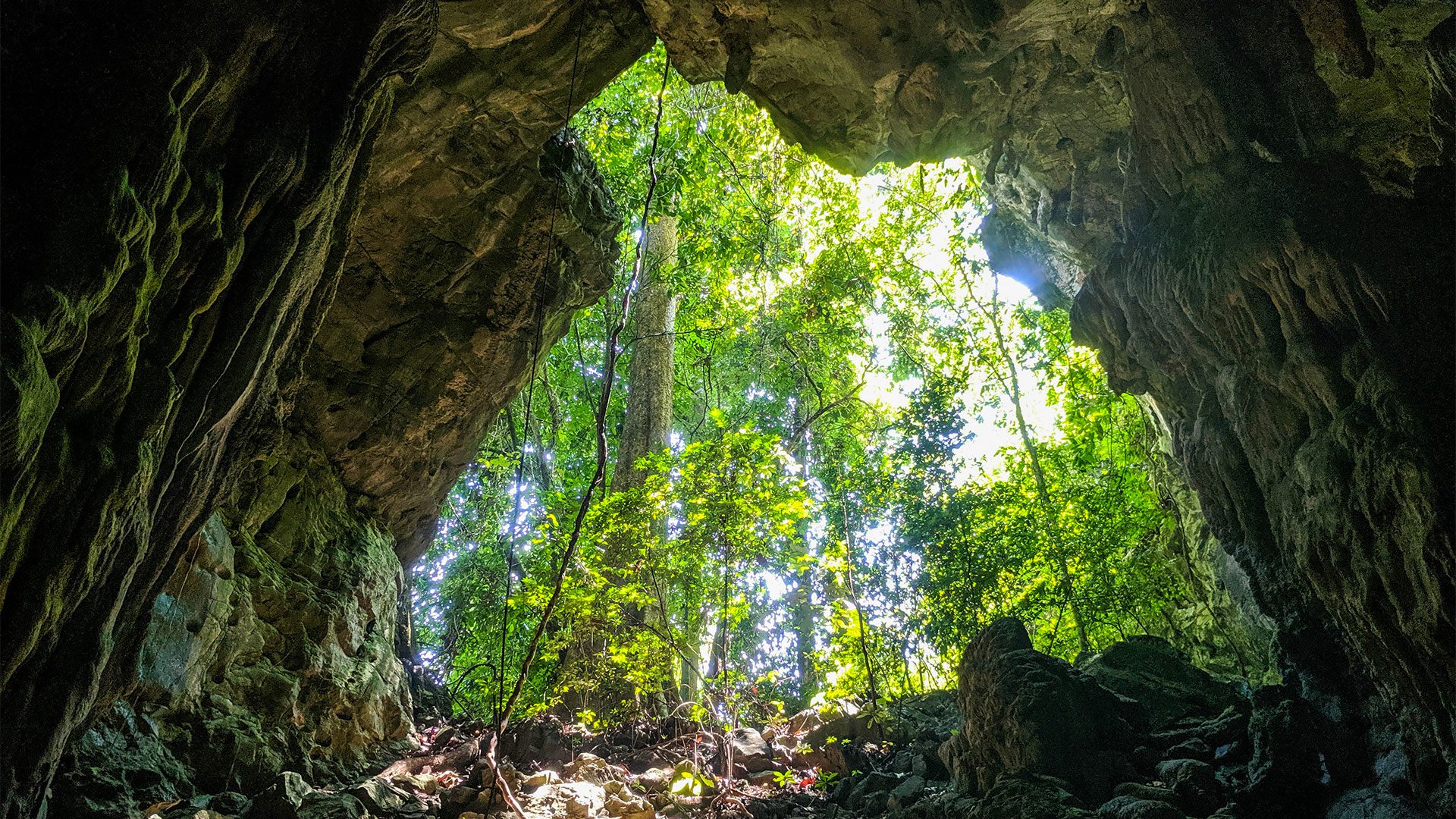
On the second day, as we trek through the forest on our way to the cave, Ahmad is in overdrive as an educator. Surefooted as a Sumatran serow, he glides along the bush track. He points at the claw marks from a honey bear that scaled a tree to plunder a beehive, a giant millipede, elephant tracks and other examples of fauna and flora (fungi are particularly abundant). He points out that the smell of wild boar is in the air. I think I can smell it, but his suggestion may have triggered this belief.
While some parts have been logged in the past, the forest has made an impressive recovery. In the secondary forest or ‘regrowth’ areas around the lodge, it’s challenging to spot signs of human intervention.
It’s only upon reflection that you truly grasp the magic of the place. As we slip back into the modern world, playing the part of tourists trying to cram everything we can into our remaining days in Malaysia, it’s impossible to forget our trip to the natural past.
My heart remains in Ulu Muda.
You can time travel to the past on this small group adventure to Malaysia.

